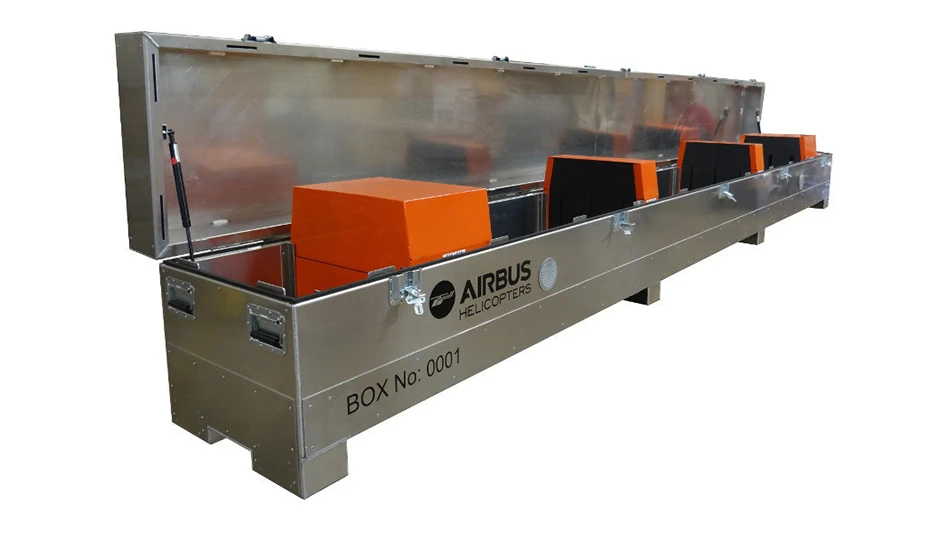
Bette Davis’ Margo Channing character in the 1950 movie All About Eve evokes a storm-tossed airline flight to warn of a drama-filled party ahead: “Fasten your seat belts, it’s going to be a bumpy night.” The same warning applies now to commercial aerospace, as industry analysts forecast economic turbulence for at least the next 12-to-18 months.
Business consulting firm Deloitte recently issued its “Midyear 2020 Aerospace and Defense Industry Outlook” in which its experts estimate 650 to 690 commercial aircraft deliveries globally this year, more than a 50% decline from 2018’s peak. The report also cites International Air Transport Association (IATA) predictions that airline travel won’t resume to pre-COVID-19 levels until 2025. Until then, fewer planes and parts will be needed. What can firms in the aerospace supply chain do to get through this dark period?
I asked Robin Lineberger, Deloitte’s U.S. and Global Aerospace & Defense leader how companies can best position themselves for future growth and stability. Drawing on 35 years as an industry consultant, he says, “In the short term, 1. Cash management, 2. Cost control, 3. Improve liquidity.”
Mid-term, companies should look to other markets for current or new products using their current infrastructure to potentially supply defense programs.
However, Lineberger notes, “Defense programs take a long time to develop, and if you’re not in the supply chain now, it’s unlikely you can benefit in the short term. Mid-term, perhaps.”
With more optimism, the outlook states, “Digital technologies are key to recovery.” It notes, “Companies that remained ahead of the digital transformation curve before the pandemic are more likely to be able to navigate through the crisis. They can better position themselves by accelerating the adoption of advanced digital technologies, such as advanced robotics and automation, to make the manufacturing process more efficient.”
If they can, manufacturers should invest in digital (Industry 4.0/Smart factory) initiatives that will allow them to increase automation and productivity with smaller capacity.
The outlook also recommends companies increasingly use technologies such as augmented and virtual reality (AR/VR) during planning and design, given the current remote working environment.
Lineberger and his analysts say companies should focus on leveraging digital tools to transform traditional supply chains into more visible, dynamic, and interconnected networks. He explains, “The tipping point is to get started, likely with an integrator to demonstrate how to get return while deploying quickly, as well as technology ecosystem partners that can innovate alongside the build.”
Depending on the use cases and scale of the transformation, “Manufacturers can expect 20% gains in indirect and direct labor productivity, 15% to 20% in throughput gains (reducing the need for additional capacity), and additional ‘soft’ benefits such as improved employee satisfaction and improved sustainability.”
Sustaining the industrial base and its workforce is a concern at every level and across most capability areas, Lineberger says. “Executives and companies will need to focus on key talent and retention.”
With good advice and careful planning, we can get over the bumps. – Eric

Explore the August September 2020 Issue
Check out more from this issue and find your next story to read.
Latest from Aerospace Manufacturing and Design
- Drop in for an interactive webinar on automation in manufacturing
- SW’s wing rib technology for the aerospace industry
- Mach Industries launches Mach Propulsion
- Murata Machinery USA's MT1065EX twin-spindle CNC turning center
- Electra reaches 2,200 pre-orders for its Ultra Short aircraft
- Heule's DL2 tooling for deburring of small bores
- Ralliant to establish global headquarters in North Carolina
- Philatron MIL-DTL-3432 military cables





